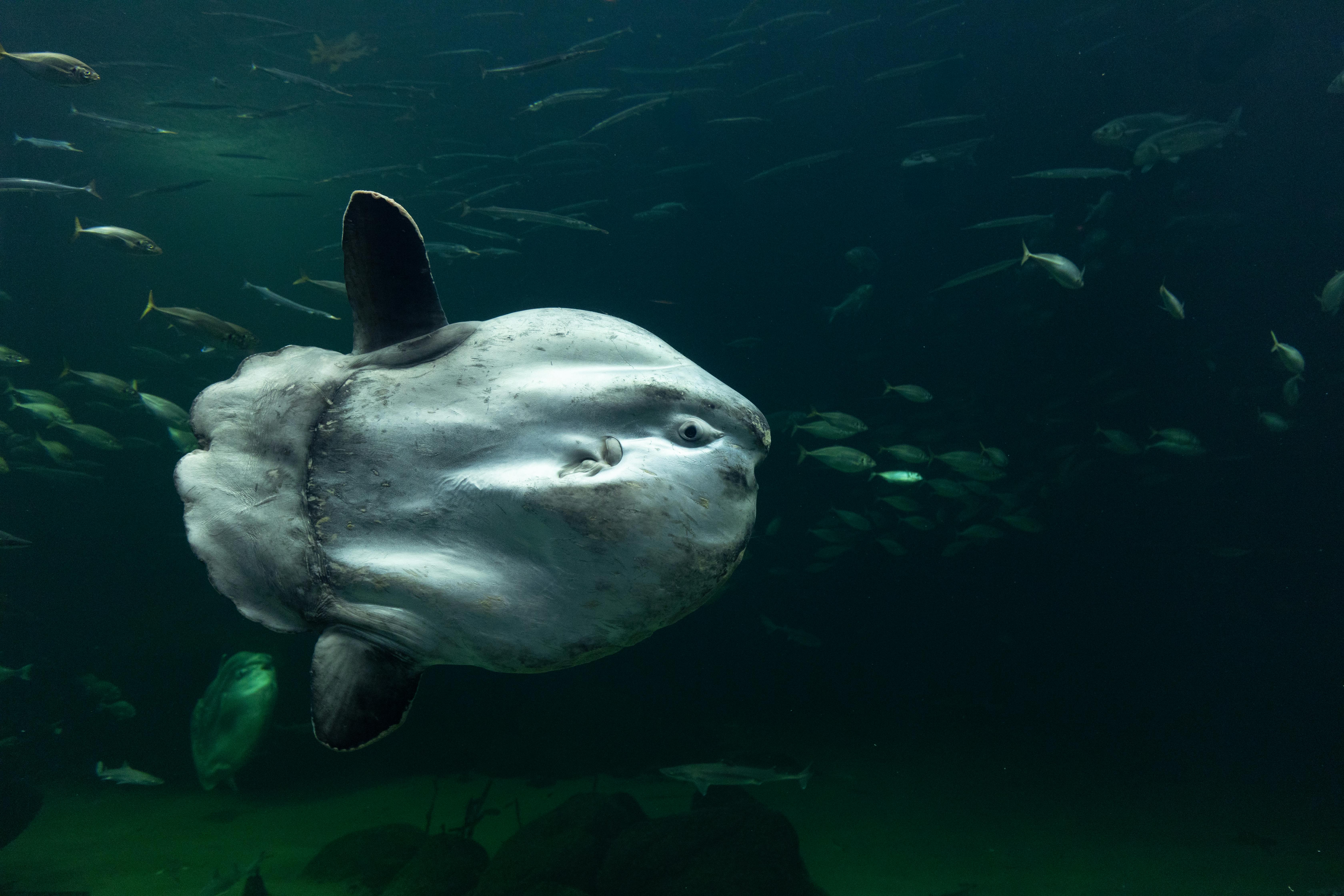
Effective Ways to Care for Parrot Wings in 2025: Ensure Their Health and Beauty
Parrots are known for their vibrant and colorful feathers, which play a crucial role in their health and flight. Understanding the significance of parrot wings can enhance their well-being and ensure they thrive in your care. In this guide, we will explore various facets of parrot wing health, including feather types, wing structure, and practical tips for maintaining their beauty and functionality. With the right knowledge and practices, you can support the delicate balance of health and elegance that every parrot deserves.
The Importance of Feather Care in Parrots
Feathers are not merely for show; they serve vital biological functions for parrots. High-quality feathers improve flight capacity, thermoregulation, and attract mates. Regular feather care can prevent problems like feather plucking and damage. This section will delve into the diverse feather types and how they contribute to avian health.
Understanding Feather Structures
The complex structure of avian feathers consists of many parts, including the rachis, barbs, and barbules. Healthy feathers need proper nutrition, including proteins and amino acids to support their regeneration. A balanced avian diet rich in nutrients is essential for preserving feather integrity. Regularly inspecting feathers for signs of wear and tear can alert you to potential issues, allowing for timely interventions. Ensuring your parrot's diet is nutritious contributes not only to stunning plumage but also optimal health.
Feather Molting and Its Effects
Molting is a natural process occurring in birds where they shed old feathers to make way for new growth. This period can be stressful for parrots, affecting their wing wellness and mood. During molting, you may notice changes in size and color as new feathers emerge. To support your parrot, consider providing a calcium-rich diet, which aids feather development. Regular baths can make the molting process more comfortable by keeping skin healthy and hydrated.
Common Feather Problems and Solutions
Feather problems include plucking, lesions, and discoloration. These issues often stem from stress, disease, or environmental factors. Conducting regular health checks can illuminate signs of bird diseases and help you understand your parrot's behavior. If you notice persistent feather loss or behavioral changes, it is essential to consult an avian vet. Environmental enrichment, socialization practices, and proper training will also promote a healthier, happier parrot behavior, reducing the likelihood of issues.
Wing Structure and Its Relevance
Understanding the wing structure of your parrot can provide insights into their flying abilities and behavioral adaptations. The wing's anatomy comprises various parts, including the autonomy, wing muscles, and primary flight feathers. Knowing how these elements work together can enhance your approach to caring for parrot wings effectively.
Wing Anatomy: A Deeper Dive
The anatomy of parrot wings involves intricate details such as wing tips and flight feathers, critical for flight efficiency. Each feather type serves a different purpose, allowing adaptability during flight maneuvers. Observing the **wing dynamics** during flight can reveal much about your parrot’s age and health. Younger birds typically exhibit more vibrant, fuller feathers, critical for avoiding predators and migrating successfully.
Factors Affecting Wing Span and Performance
Several elements can influence a parrot's wing span and overall flight mechanics. Factors include breed, age, and physical condition. For example, some parrot species have naturally larger wing spans, which enhance their flying capabilities. Regular wing exercises can optimize the structure, improving their wing muscles and flying efficiency. Beginners can teach their pets various wing training techniques to boost their confidence in flight.
Adapting to Urban Environments
Urban living presents unique obstacles for parrot habitats. Wing adaptations can become necessary to navigate obstacles like buildings and busy streets. Creating an enriching indoor environment can mitigate these challenges by providing space for your parrot to develop healthy flight behaviors. Set up an aviary that mimics their natural habitat, incorporating perches and climbing structures. A well-designed aviary will help them feel safe while they exercise their wings.
Nutrition for Vibrant Wing Health
A well-rounded diet ensures that both feathers and wings remain strong and colorful. Understanding the critical avian nutrition necessary for maintaining healthy plumage can drastically improve your bird’s quality of life. Knowledge of what types of foods best contribute to vibrant wing coloration will provide your parrot with the optimal support they need.
Essential Nutrients for Feathers and Wings
Key nutrients for feather development and health include proteins, fatty acids, vitamins A, E, and B12. Providing foods that are rich in these nutrients like pellets, seeds, and fresh vegetables, can help preserve their plumage health. Make certain your bird finds these foods tasty and appealing through intriguing presentation and variety in their diet, creating experiences that promote interaction.
Additional Supplements for Optimal Health
Sometimes, a parrot’s diet might miss necessary nutrients, especially in cases of selective eating behaviors. Supplements like omega-3 oils can vastly improve feather quality and overall health. Regular consultation with your avian vet ensures your parrot’s diet is optimal, preventing dietary-derived health issues while fostering strong feather development.
Pet Bird Care and Behavioral Enrichment
Both theory and practice indicate that engaging, interactive behaviors can contribute to a parrot's mental health and social structure. Activities like foraging play can reduce anxiety stemming from stress associated with molting or environmental changes. Be on the lookout for signs that milling around colorful training techniques helps far beyond the physical aspect, bolstering their mental stimulation, leading to enhanced overall health.
Conclusion
Understanding the dynamics of parrot wings extends beyond mere aesthetics; it encompasses their overall health, behavioral adaptations, and ecological significance. By grasping the intricacies of feather care, wing structure, and proper nutrition, you can create a nurturing environment that contributes to the vitality and beauty of your parrot. Commit to continuous learning and growth in your avian journey to aid these magnificent creatures in thriving.
FAQ
1. What are the key factors influencing parrot wing health?
The main influencers include nutrition, feather structure quality, and environmental conditions. A balanced and varied diet that supports wing muscle development is vital, as is a safe habitat that allows for effective flight exercises.
2. How can I improve my parrot's feather condition?
Provide a properly balanced diet, ensuring the intake of necessary vitamins and minerals. Incorporating supplements that enhance feather quality can also be vital. Regular grooming and allowing them socialization with other pets can support overall emotional health.
3. What specific diets do parrots need for optimal wing development?
Parrots benefit from diets rich in fresh fruits, vegetables, nuts, and specially formulated pellets. These foods provide essential amino acids and vitamins crucial for maintaining vibrant feathers and strong muscles.
4. How does urban living affect the wings of parrots?
Urban environments can limit physical activity and access to natural foraging behaviors, which may lead to decreased wing vitality over time. Sometimes, incorporating flight and exercise routines within the home or aviary can help preserve their health.
5. Why is behavioral enrichment important for parrot wings?
Behavioral enrichment ensures that parrots engage in natural behaviors, which supports their overall well-being and strong wing development. It allows for mental stimulation and a sense of safety in their environment.
6. What signs indicate poor wing health in parrots?
Signs include reduced flight capability, feather loss, discoloration, or changes in behavior. Take notice of any abnormalities and consult an avian vet if you suspect health issues.
7. How can I prevent wing-related injuries in my parrot?
Make sure that their flying environment is safe and free from hazards. Training your parrot on proper flying techniques can also help protect them during flight, minimizing the risk of injury.

